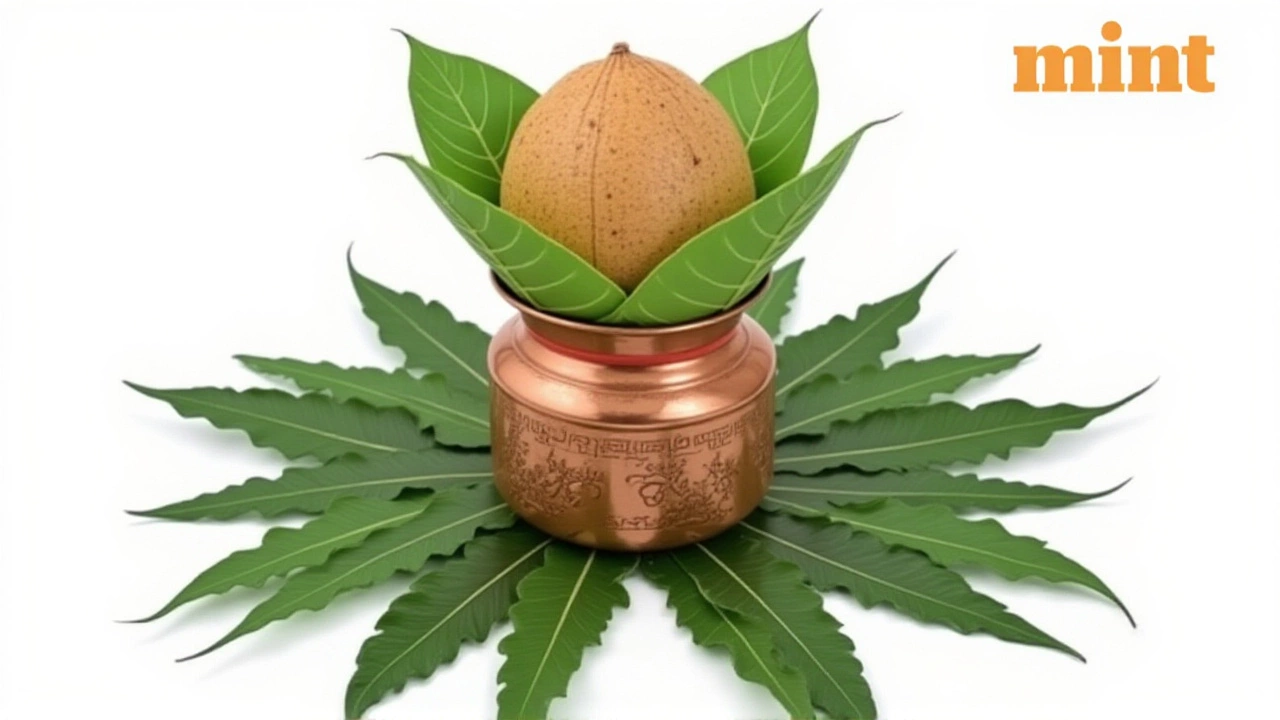Shardiya Navratri: A Complete Overview
When celebrating Shardiya Navratri, a regional nine‑day festival that honors the Goddess in her various forms. Also known as Western Navratri, it blends ancient worship practices with local customs found in many parts of India.
At its core, Navratri, the broader nine‑night celebration of divine feminine energy provides the framework for Shardiya Navratri. The festival requires daily prayers, fasting, and specific colors that match each day's deity. For the second day, devotees honor Maa Brahmacharini, the penitent form of Goddess Durga who embodies austerity and inner strength. Wearing white on this day is believed to bring wisdom and calm, a practice highlighted in the Chaitra Navratri 2025 celebrations.
Key Highlights and Practices
Shardiya Navratri Shardiya Navratri aligns with the spring calendar, often overlapping with Chaitra Navratri, the seasonal Navratri that marks the beginning of the Hindu new year. This timing influences the choice of flowers, sweets, and songs used during the festivities. On day two, white clothing symbolizes purity, while devotees offer jasmine garlands and perform abhishek with milk, curd, and honey. The ritual encompasses both sensory devotion and inner reflection, creating a balanced worship experience.
Each night concludes with a garba or dandiya dance, bringing communities together in rhythmic celebration. The dances are not just entertainment; they reinforce the festival’s theme of unity and collective energy. By the ninth night, participants light a grand dagger of lamps, signifying the victory of light over darkness and the completion of the goddess’s nine forms.
Beyond the rituals, Shardiya Navratri offers practical guidance for modern celebrants. Simple steps include preparing a clean altar, choosing fresh seasonal produce for offerings, and setting a daily reminder for the specific mantra tied to each day's deity. Even if you can’t attend a communal event, a quiet home ceremony with white attire and a candle can capture the festival’s spirit.
All these elements—timing, deity focus, color symbolism, and communal dance—form a network of traditions that make Shardiya Navratri distinct yet deeply connected to the larger Navratri ecosystem. Below you’ll find a curated list of articles that dive into each aspect, from detailed day‑by‑day guides to personal stories of devotion. Explore the collection to deepen your understanding and plan a meaningful celebration.
Shardiya Navratri 2025: Deciding the Kalash Coconut's Fate
As Shardiya Navratri 2025 ends, families decide whether to eat or immerse the kalash coconut—guided by regional customs, scriptural advice, and expert insights.
Read more